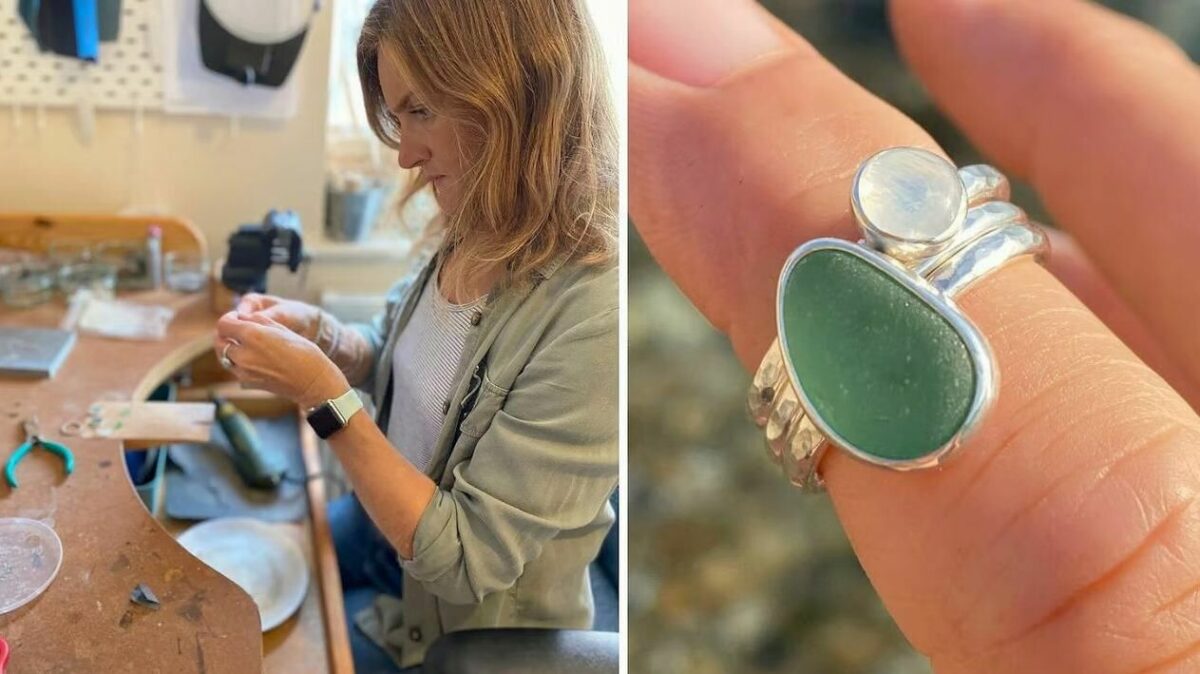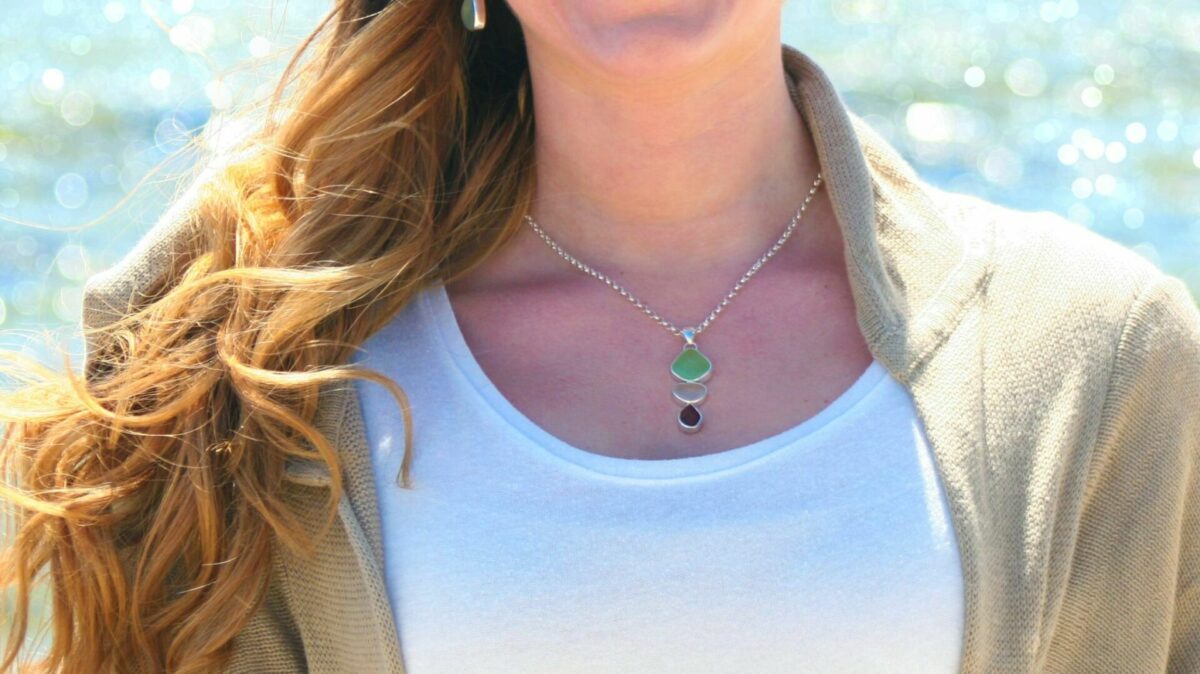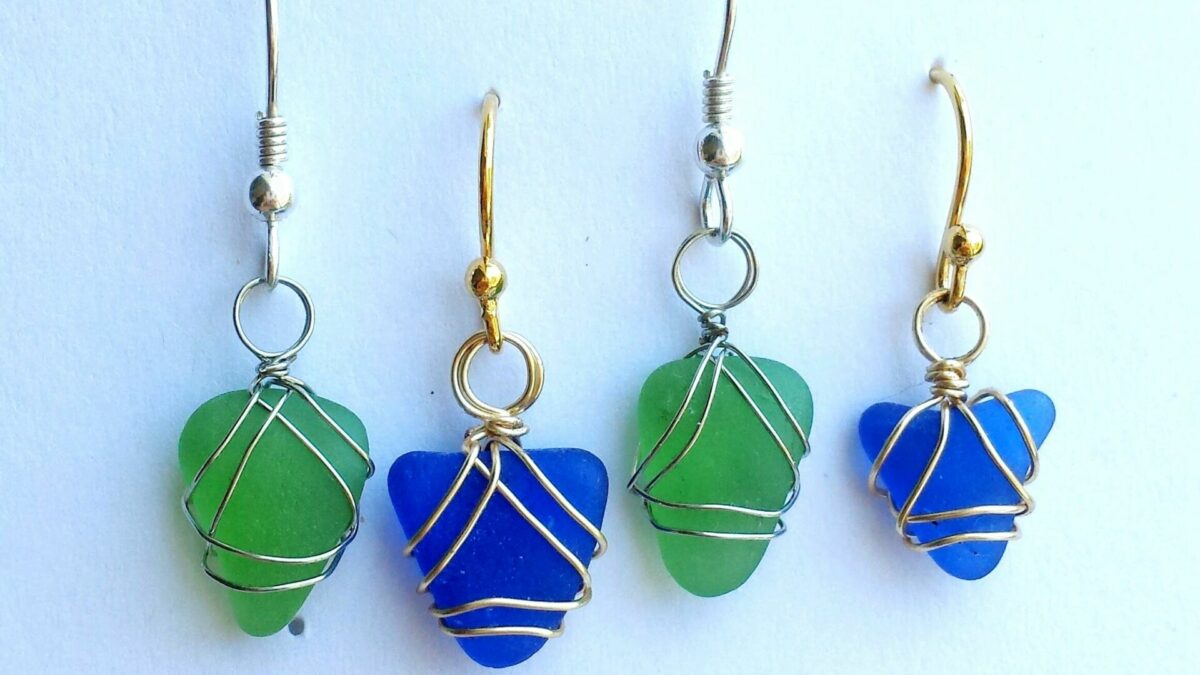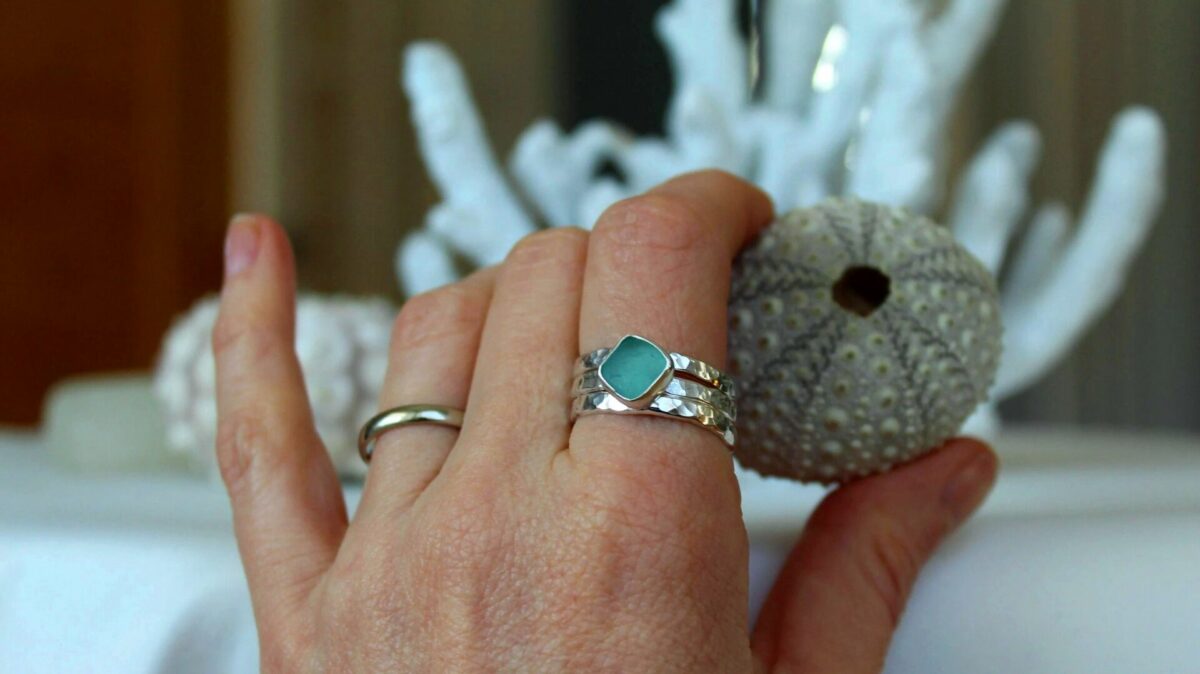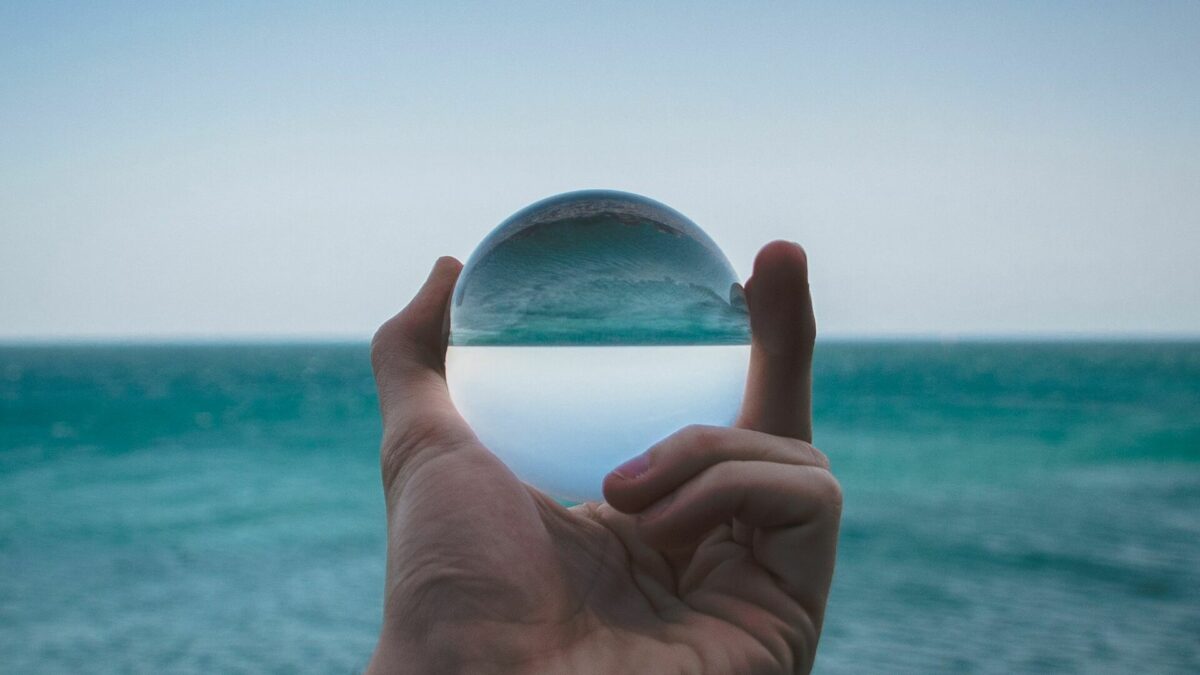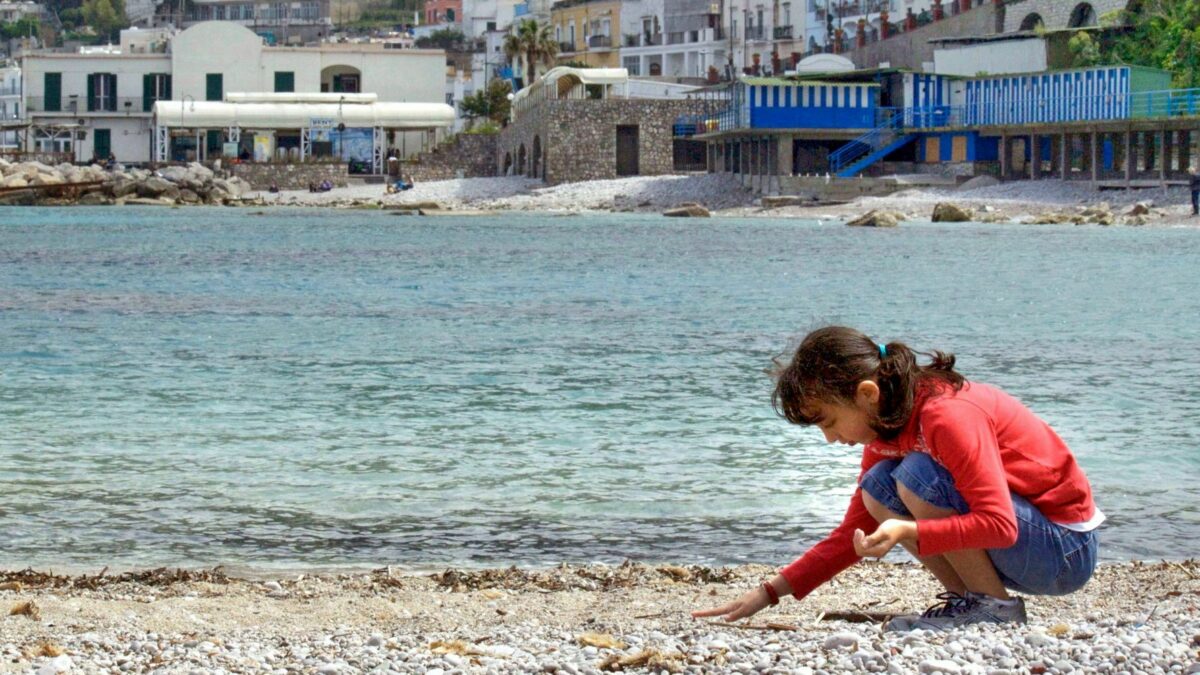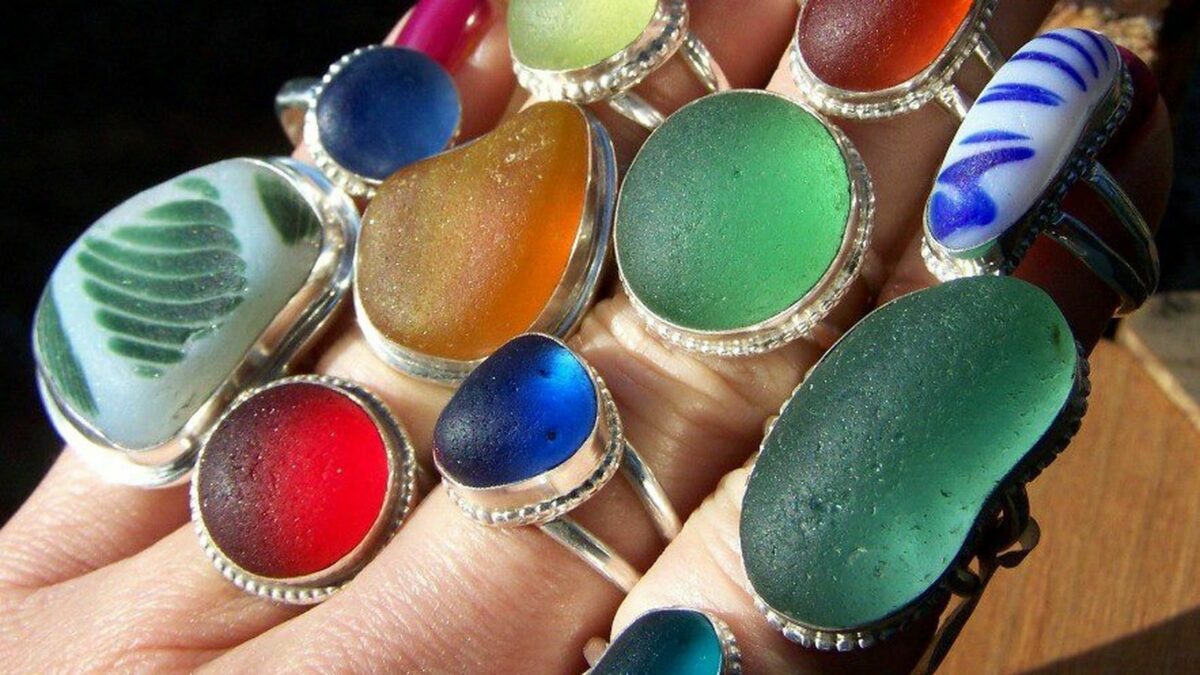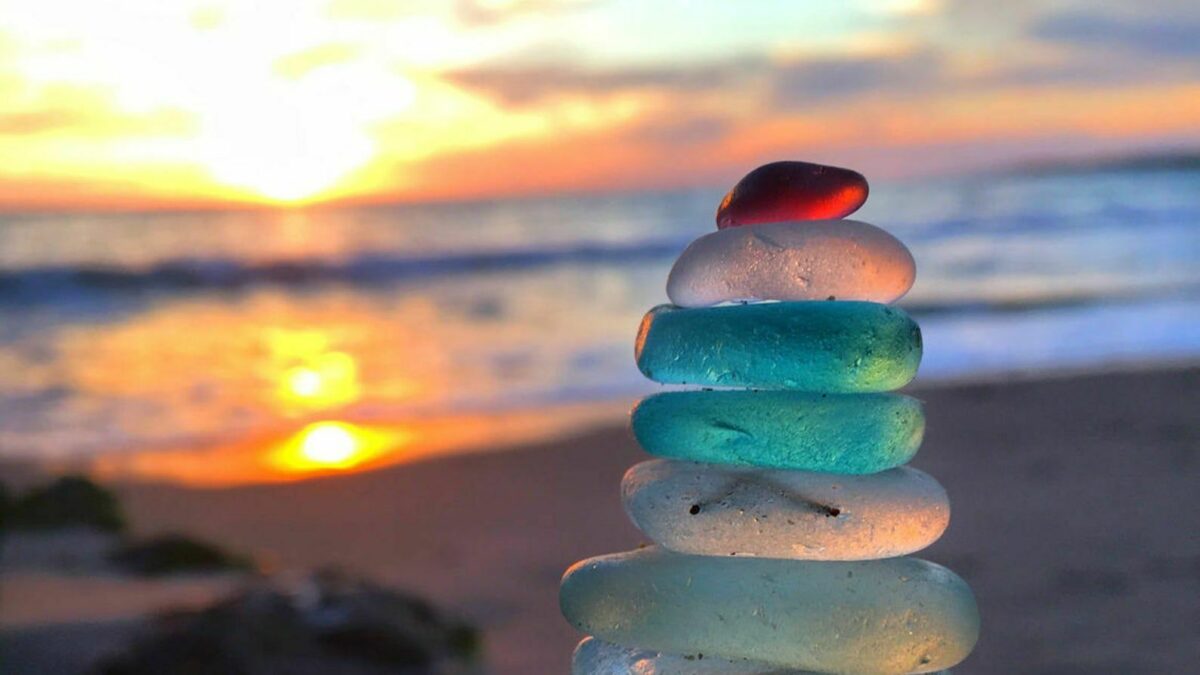From Trash to Treasure: The Fascinating Story of Sea Glass
From Trash to Treasure: The Fascinating Story of Sea Glass
Sea glass is a beautiful and unique material that has captured the hearts of many. It is a type of glass that has been weathered and polished by the ocean, resulting in a smooth and frosted appearance. But how did this trash become treasure? In this article, we will explore the origins of sea glass and the fascinating story behind it.
The Origins of Sea Glass: How Trash Became Treasure
Sea glass has a long and interesting history that dates back to ancient times. Glass was first invented in Mesopotamia around 3500 BC, and it quickly became a valuable commodity. Glass was used for a variety of purposes, including jewelry, decorative objects, and even currency.
However, glass was not always easy to produce, and it was often expensive. As a result, people would often discard broken or unwanted glass objects into the ocean or other bodies of water. Over time, the glass would be weathered and polished by the waves and sand, resulting in the creation of sea glass.
Sea glass was not always appreciated for its beauty, however. In fact, it was often seen as a nuisance and a hazard. In the early 20th century, many beaches were littered with broken glass and other debris, making them unsafe for swimming and other activities.
It wasn’t until the 1950s and 60s that sea glass began to gain popularity as a collectible item. People began to appreciate the unique colors and shapes of sea glass, and they started to collect it as a hobby. Today, sea glass is a highly sought-after material that is used in a variety of ways, from jewelry to home decor.
The Colors of Sea Glass
One of the most fascinating aspects of sea glass is its color. Sea glass comes in a wide range of colors, from the traditional green and brown to more rare colors like red and purple. The color of sea glass is determined by a variety of factors, including the type of glass, the minerals in the water, and the amount of time the glass has been in the water.
Green sea glass is the most common color, and it is often found on beaches that were once used as dumping grounds for glass bottles. Brown sea glass is also common, and it is often the result of beer and medicine bottles. Blue sea glass is more rare, and it is often the result of old Coca-Cola and Pepsi bottles.
Red and purple sea glass are the rarest colors, and they are highly prized by collectors. Red sea glass is often the result of old car tail lights, while purple sea glass is the result of old medicine bottles.
The Value of Sea Glass
The value of sea glass varies depending on a variety of factors, including the color, size, and condition of the glass. Rare colors like red and purple are often the most valuable, while common colors like green and brown are less valuable.
The size of the glass can also affect its value. Larger pieces of sea glass are often more valuable than smaller pieces, as they are more rare and can be used for larger projects.
The condition of the glass is also important. Sea glass that is heavily weathered and frosted is often more valuable than glass that is still shiny and smooth. This is because heavily weathered glass is more rare and has a more unique appearance.
Uses for Sea Glass
Sea glass is a versatile material that can be used in a variety of ways. One of the most popular uses for sea glass is in jewelry making. Sea glass can be used to create beautiful and unique pieces of jewelry, from necklaces and bracelets to earrings and rings.
Sea glass can also be used in home decor. It can be used to create beautiful mosaic pieces, or it can be used to add a pop of color to a vase or other decorative object.
In addition, sea glass can be used in art projects. It can be used to create beautiful sculptures or mixed media pieces, or it can be used as a medium for painting or drawing.
The Future of Sea Glass
As sea glass continues to gain popularity, there are concerns about the impact of collecting on the environment. Some beaches have already been picked clean of sea glass, and there are worries that continued collecting could lead to the depletion of this valuable resource.
To address these concerns, some collectors are advocating for responsible collecting practices. This includes only collecting small amounts of sea glass, leaving behind pieces that are still in the process of weathering, and avoiding beaches that are already heavily picked over.
In addition, some artists and designers are exploring alternative materials that can be used to create the same look and feel as sea glass. This includes materials like recycled glass and resin.
Conclusion
Sea glass is a fascinating material that has a rich history and a bright future. From its origins as discarded trash to its current status as a highly sought-after collectible, sea glass has captured the hearts of many. As we continue to appreciate the beauty and uniqueness of sea glass, it is important to remember the importance of responsible collecting practices and to explore alternative materials that can be used to create the same look and feel.


